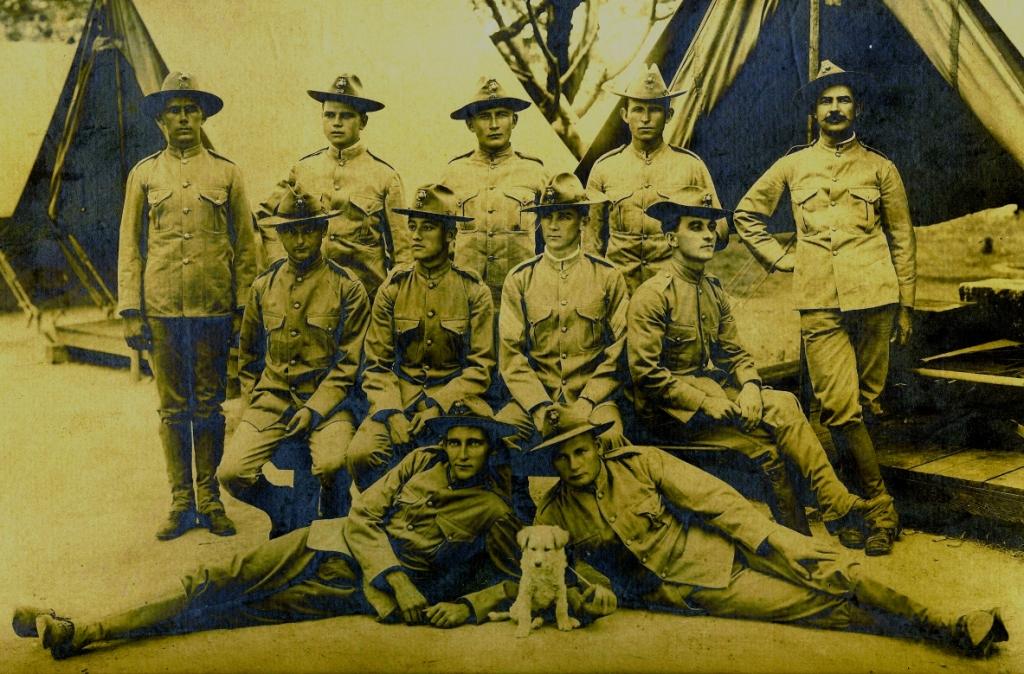
I am stationed at Cavite, having a fine time, 2nd and 3rd days off. Fine chow and dance every night with esthetic looking belles.
-An unknown Marine writing to Pvt D.K. Love at the Peking Legation, 1908
There was a strong relationship between our Marines in China and our Marines based in the Philippines Islands (PI). Since the Philippines had established naval bases and was stocked to serve as a logistics center for both the Army and Navy, it was natural that both men and supplies reaching China would be drawn from here. Through WWI, a number of Marines started out their Asiatic cruise by being stationed at Cavite or Olongapo. After a year or two, they might be selected or volunteer to serve in China. In addition, many of the Marines aboard ships of the Asiatic Fleet would return to the Philippines for their annual gunnery qualification course, or when their ship was in dry dock at Olongapo or for additional training ashore. After WWI, when the Navy abandoned the idea of maintaining large bases in the Philippines, the number of PI based Marines dropped, but a number of China Marines elected to finish off or extend their Asiatic tour with an assignment to either Cavite or Olongapo. From the accounts I’ve read, being stationed in the Philippines could rival a China tour, with plenty of opportunities to mix with the local women, augmented by lots of cheap alcohol. The social aspect aside, the Philippines also offered open land to conduct large scale training exercises, several fine firing ranges and a well maintained hospital system.

Unidentifed Marine, Second Regiment. Olongapo Barracks. Photo by L.M. Shera. Shera was active in the Philippines from 1902 through at least 1909. He took a number of outdoor portraits of Marines standing in front of their barracks, each wearing this same pistol belt.
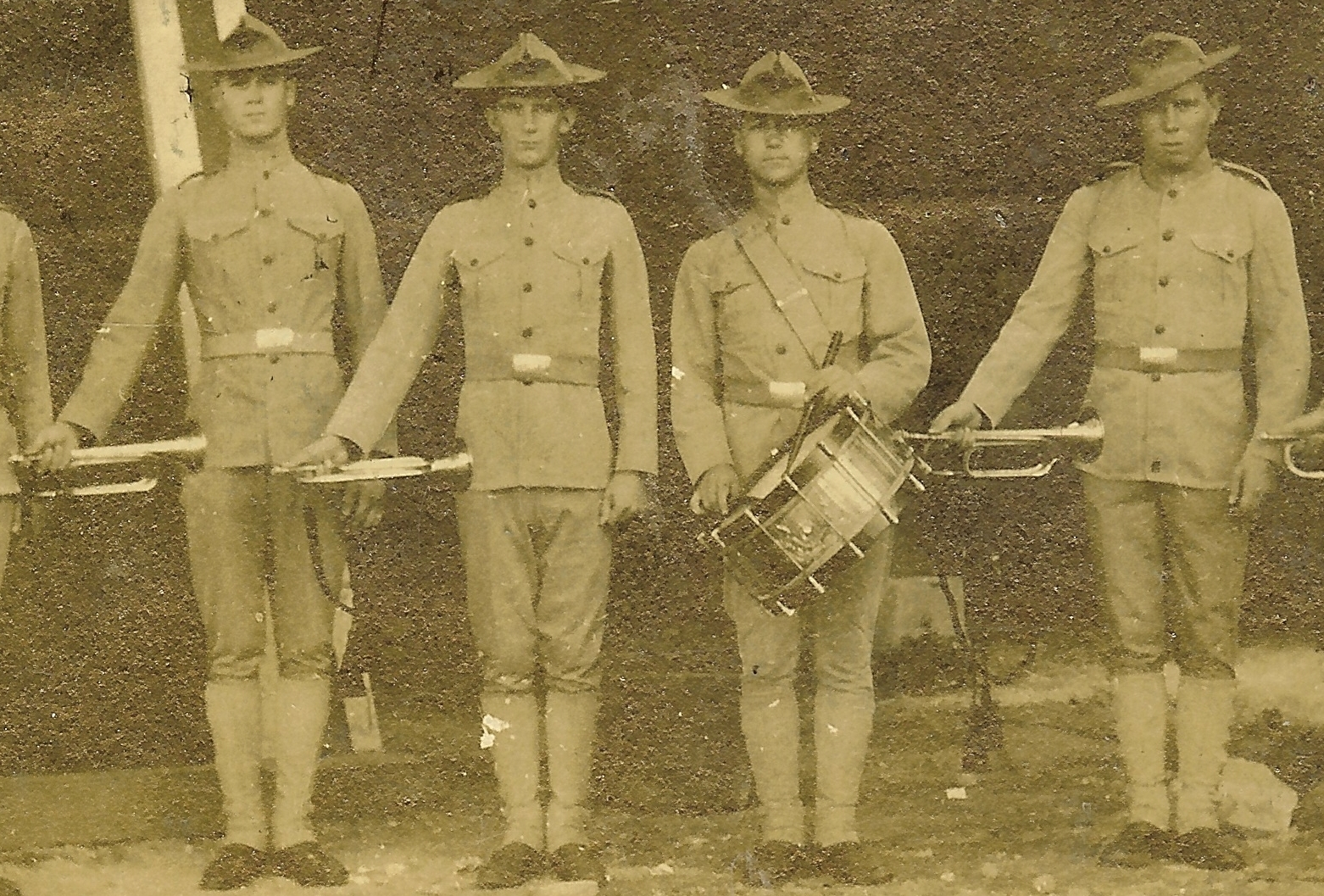
Cavite Field Musics c.1909
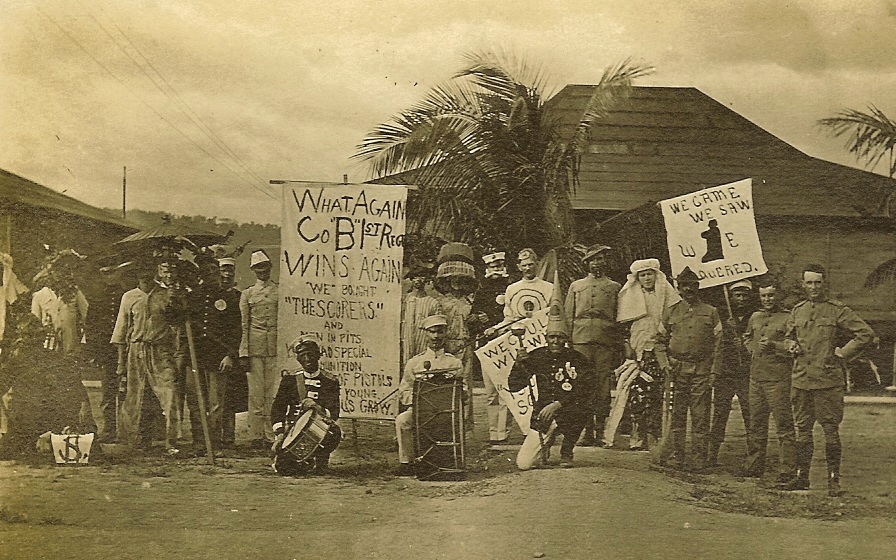
Field Day activities, c 1908
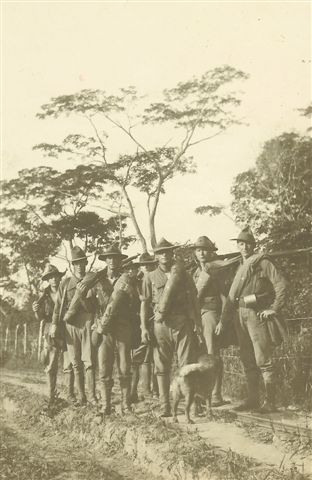
Hiking around the Santa Rita
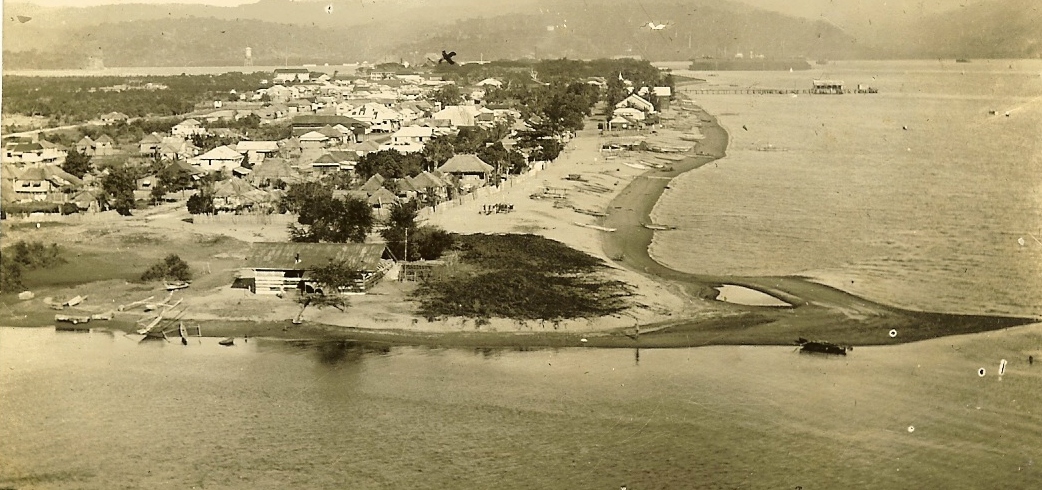
Olongapo Naval Base
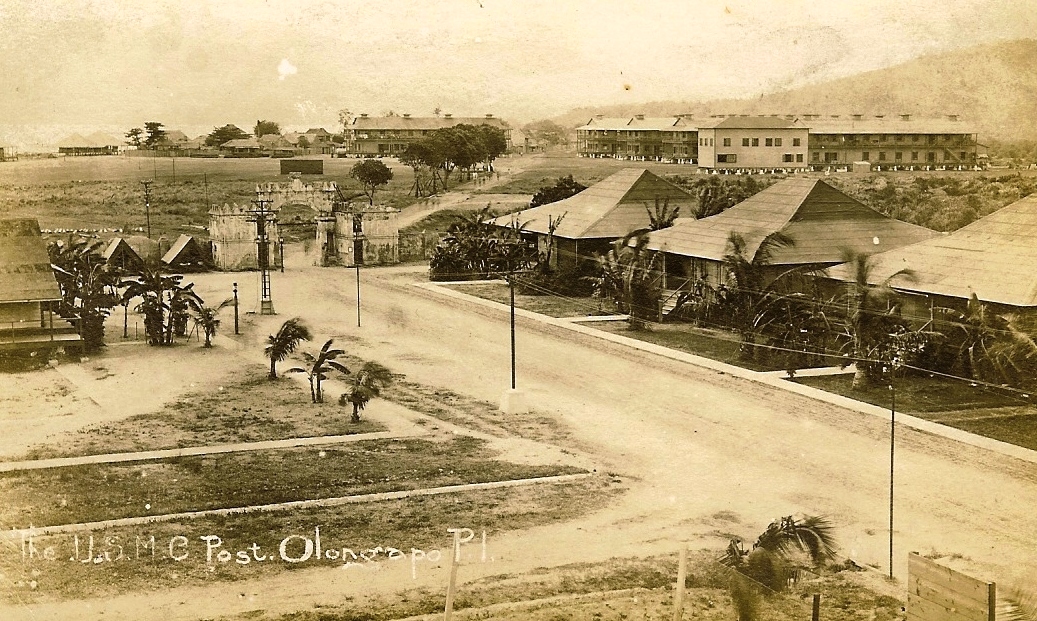
Officers Quarters, Olongapo
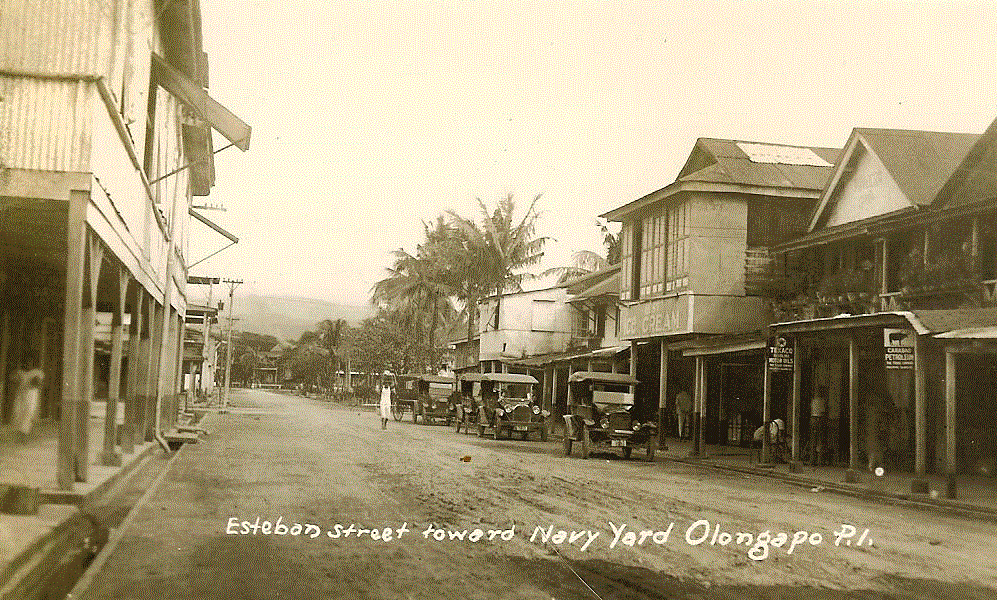
Esteban Street, Olongapo, c 1931-33. Courtesy of the Pusel Family Collection
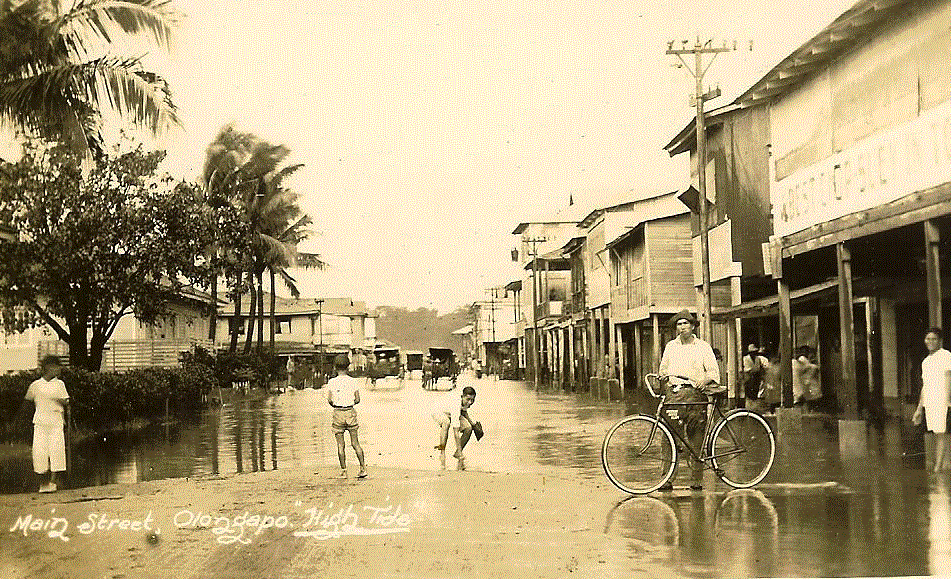
Main street Olongapo, C 1931-33. Courtesy of the Pusel Family Collection
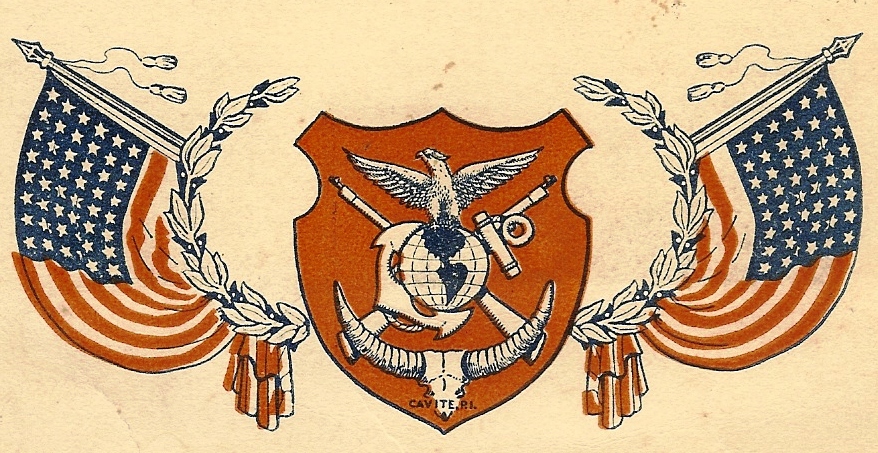
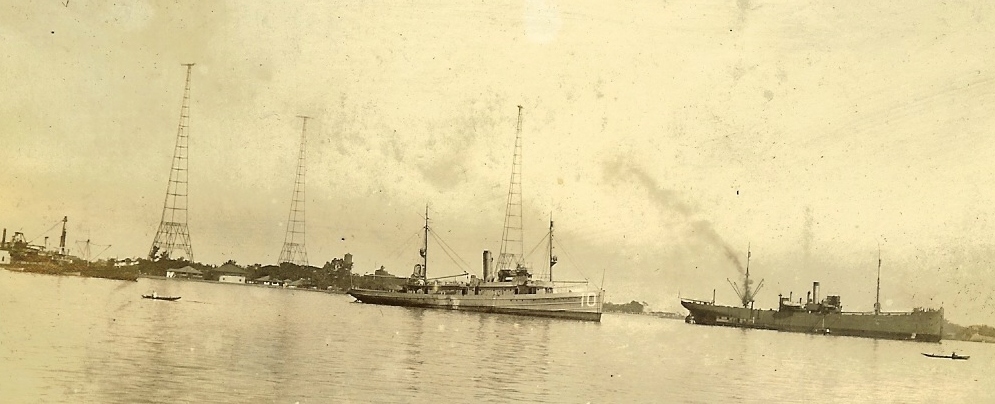
Cavite Naval base, with USS Heron (AM-10) in foreground
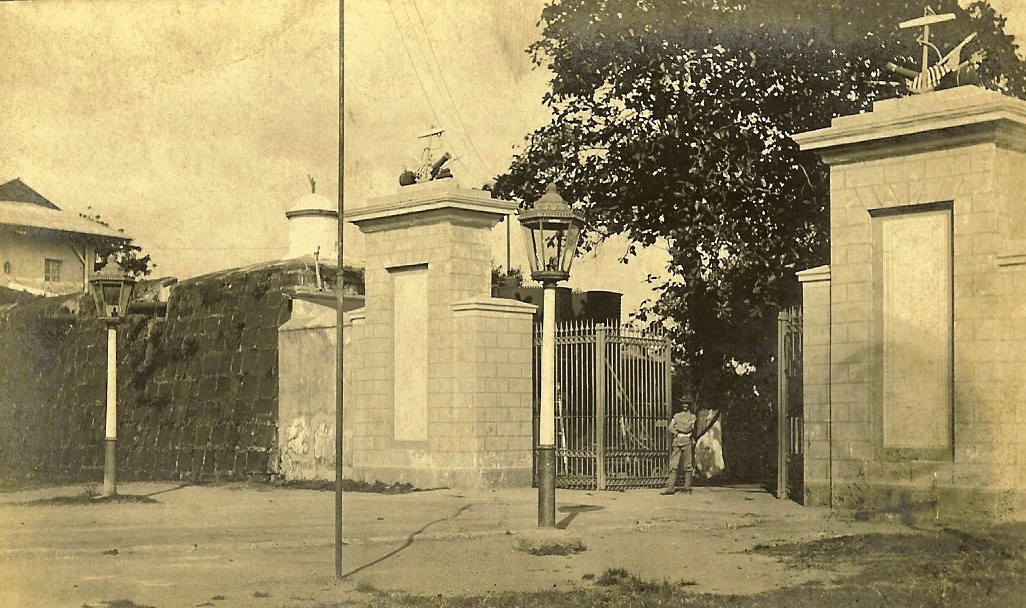
Enterance to Cavite Naval Base
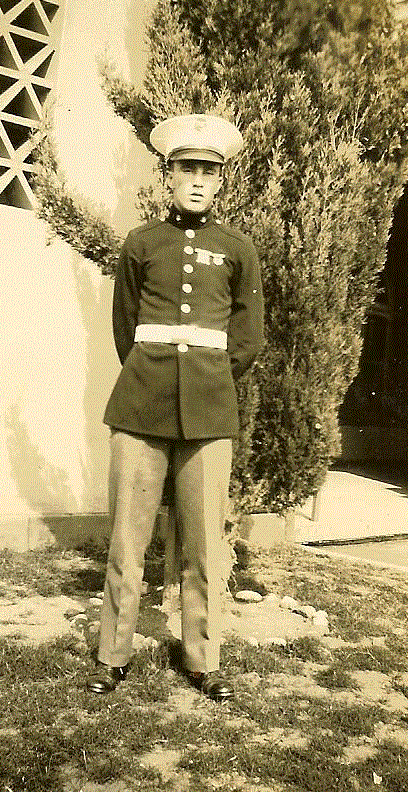
Trumpeter Ken Pusel. Courtesy of the Pusel Family Collection

Mt Mayon, 1938 eruption

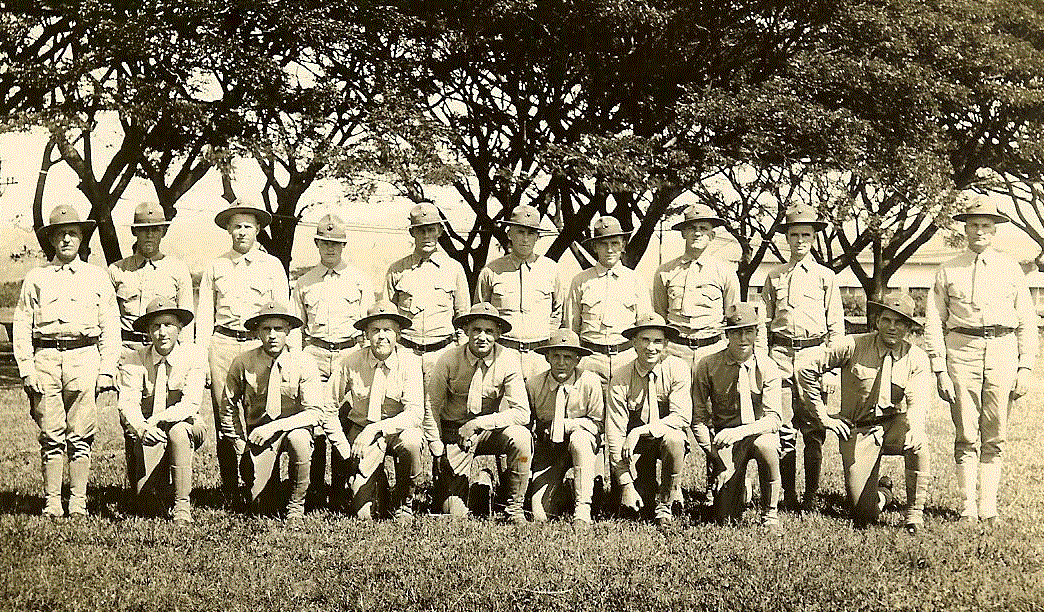
Cavite Marines, c 1931-33. Courtesy of the Pusel family collection

The NCO's at the Marine Barracks, Olongapo. The first NCO on the left, front row, is 1st Sgt James Jordan, an old China Marine. Jordan is featured in a short story in Charles Jackson's book "I am Alive."
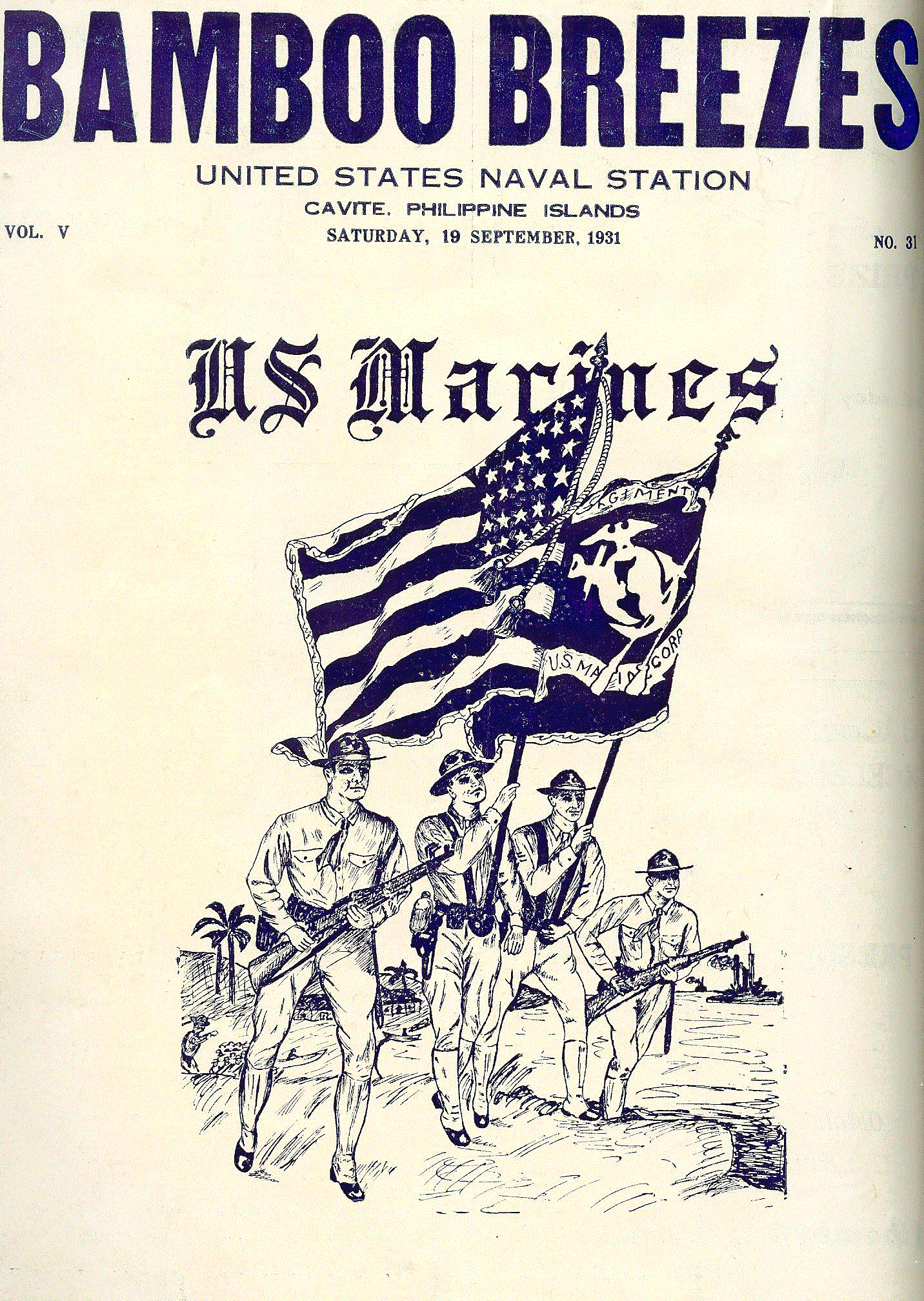
The cover of the Cative Marines magazine "The Bamboo Breezes". This magazine was attempt to create a magazine similar to the 4th Marines's Wall Walla. Courtesy of the Pusel family collection
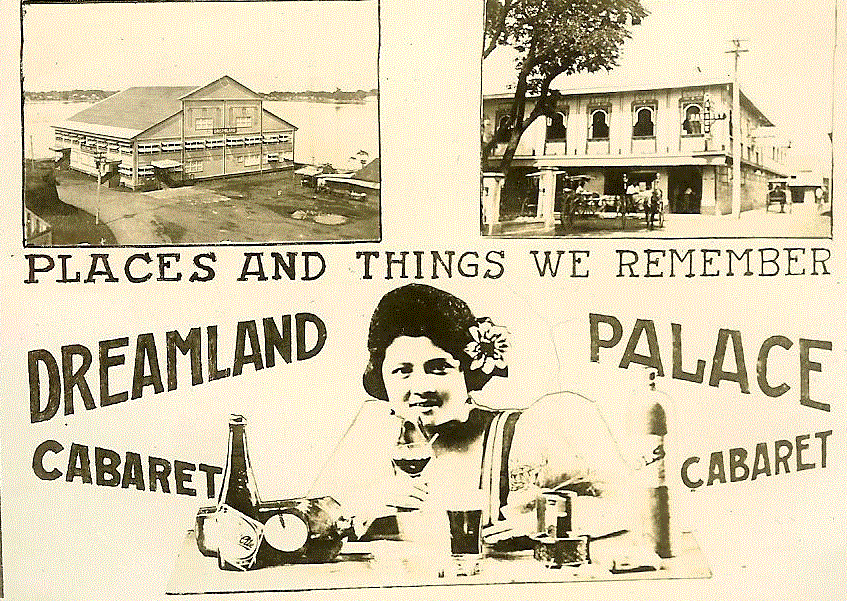
Dreamland Cabaret, a large two-storey dance hall popular with the Marines in the 1920's and 30's. Courtesy of the Pusel family collection

A Subic Bay Dance Hall. Courtesy of the Pusel family collection.
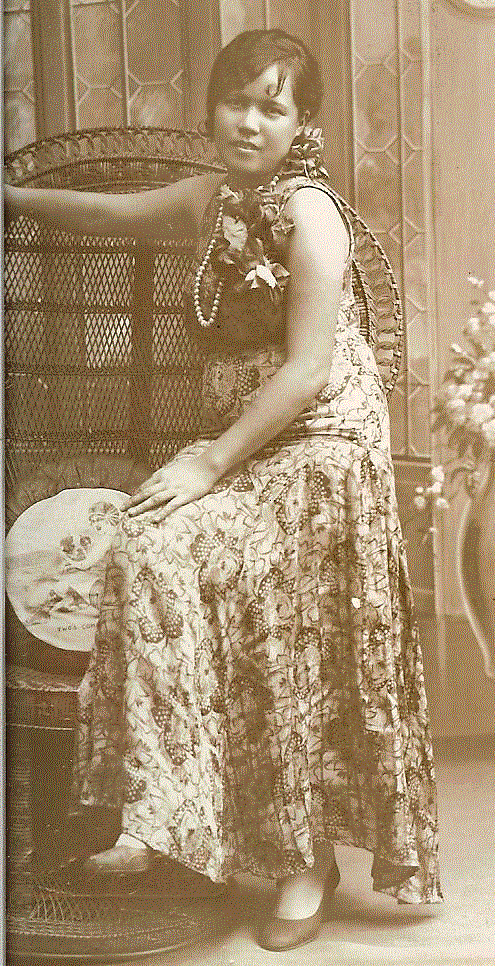

A hand drawn EGA in Pvt Walt Wilson's photo album. Wilson served both in Shanghai and Ologoapo in the late 1930's.